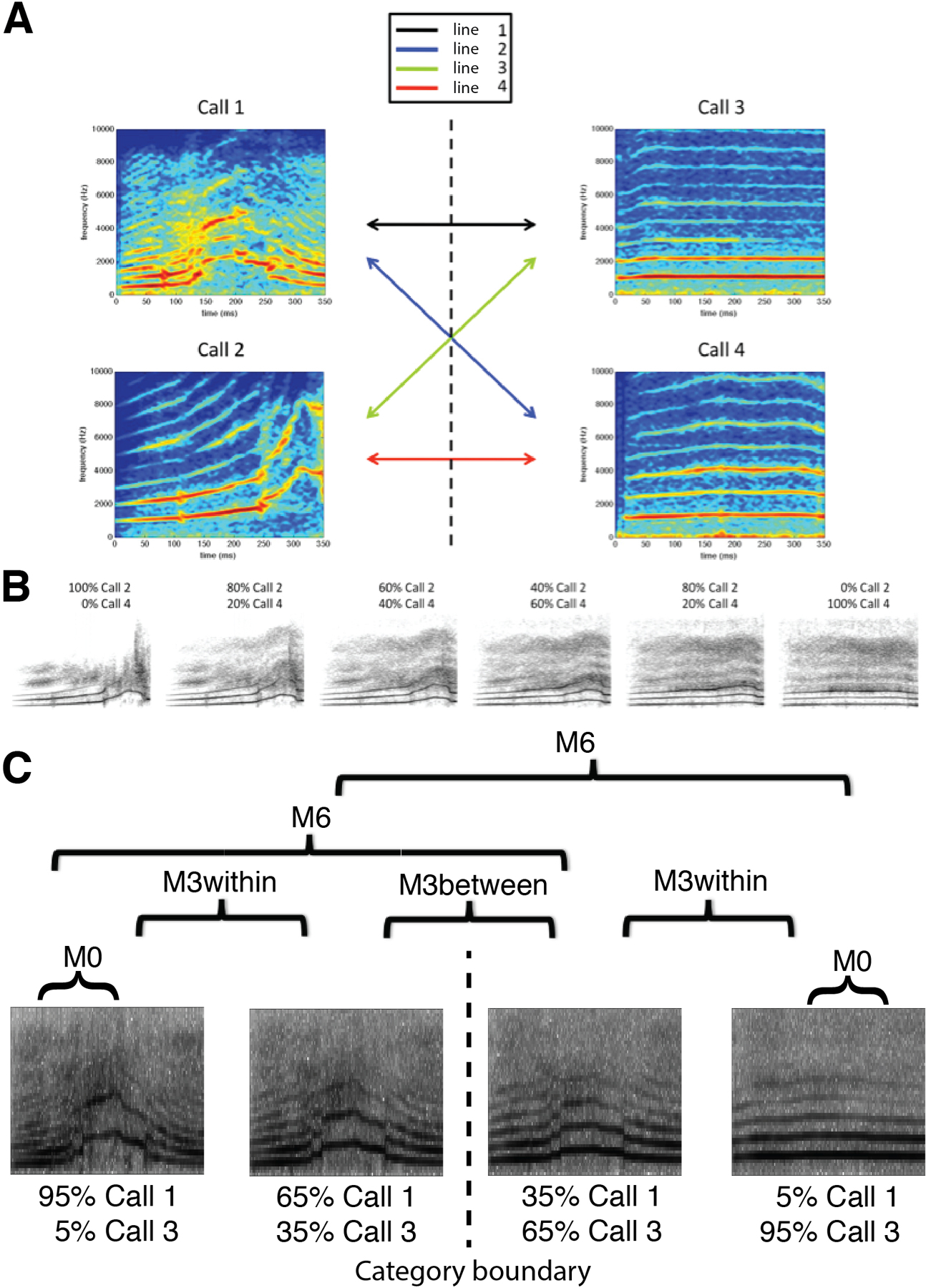Figure 1. Prototype stimuli and morph space.

(A) Multi-exemplar audio morphing. Stimulus morphing using the software STRAIGHT (Kawahara and Matsui, 2003) was previously restricted to those points along a single vector between two prototype sounds. We have extended this method to allow generation of stimuli throughout an arbitrary morphing “space” defined by a given set of sounds. Here, a morph space is defined by four monkey calls (two harmonic arches, and two coos). By manipulating the degree to which each stimulus contributes to a morph, stimuli can be generated at any location throughout this auditory morph space. Individual morph lines crossing the defined category boundary are generated for post-training identification testing. (B) Sample morph line. This is an example morph line between one harmonic arch and one coo. The category boundary that subjects learn is located between the third and fourth sound. There were four “cross-category” morph lines, which were used in post-training psychophysics experiments. Two of them, lines 1 and 4, with best performance (based on piloting data) were used in fMRI experiments. (C) Stimuli for fMRI conditions. Stimuli were generated along two independent morph lines (Line 1 and 4, Fig. 1A) using sound “morphing” software (STRAIGHT toolbox for MATLAB), and a total of 14 stimulus pairs were constructed to probe acoustic and category selectivity. Pairs were arranged to align with the category boundary at the 50% morph-point between the two prototypes. Four different conditions were tested: M0, M3within, M3between, and M6.
